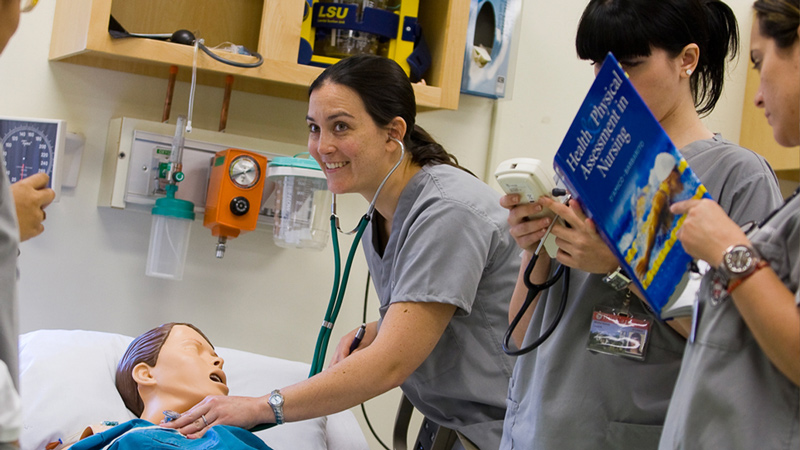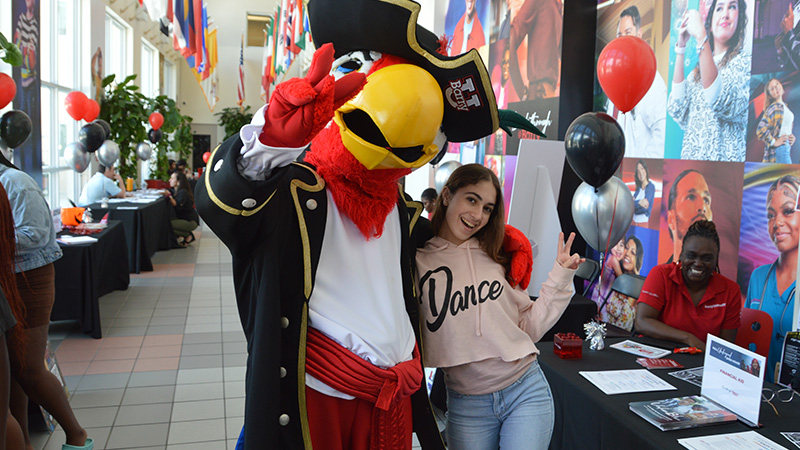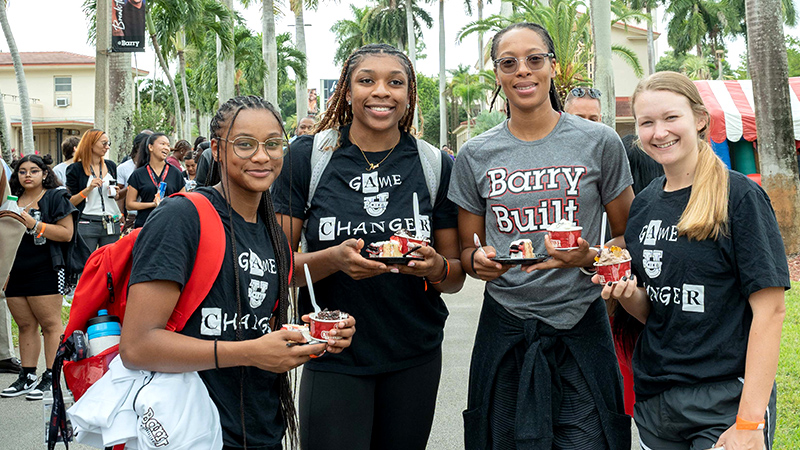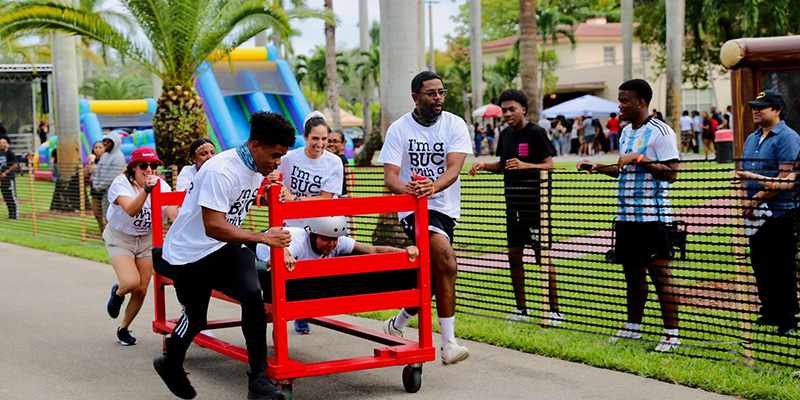The Numbers Are Astounding
In his 66th year of collecting, Barry University adjunct professor Seth Bramson has crammed his Miami Shores house with more than 1.5 million individual historical artifacts. History seemingly fills every crevice of the 2,600-square-foot home he shares with his wife, Myrna.
“I am the senior collector,” said Bramson, who is also the historian-in-residence at Barry. “There is nobody, living or dead, who has ever collected Floridiana and Miami memorabilia anywhere near as long as I have.”




























